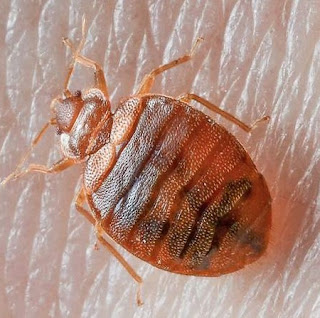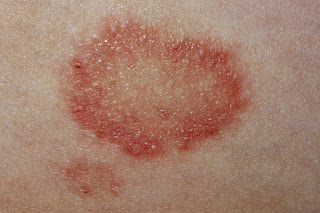CIMEX: A REMEDY FOR FEVER

CIMEX LECTULARIUS ZOOLOGICAL NAME: Acanthia lectularia Fabr. FAMILY: Cimicidae COMMON NAMES: English: Bed bug. DESCRIPTION: Nocturnal household pest of dark brown colour, wingless, with a flat oval body 6-8 mm broad, inhabiting narrow crevices and hideouts where they retire during the day. The mouth parts are piercing and sucking type. Both sexes are blood suckers. A characteristic nauseating odor due to secretion from the stink glands is associated with the bedbug. DISTRIBUTION: Throughout the world PART USED: Whole insect. HOMOEOPATHIC USES FEVER: Chilliness of whole body. Pains in all joints, as if tendons were too short, especially knee joints. Chill, worse lying down. Thirst during apyrexia, but little during chilly stage. Still less during hot stage, and none during sweating. Violent headache. Great rage, vehement at beginning of chilly stage. Would like to tear everything to pieces. Pain under right frontal bone. Constipation. Stool dry and in small b











